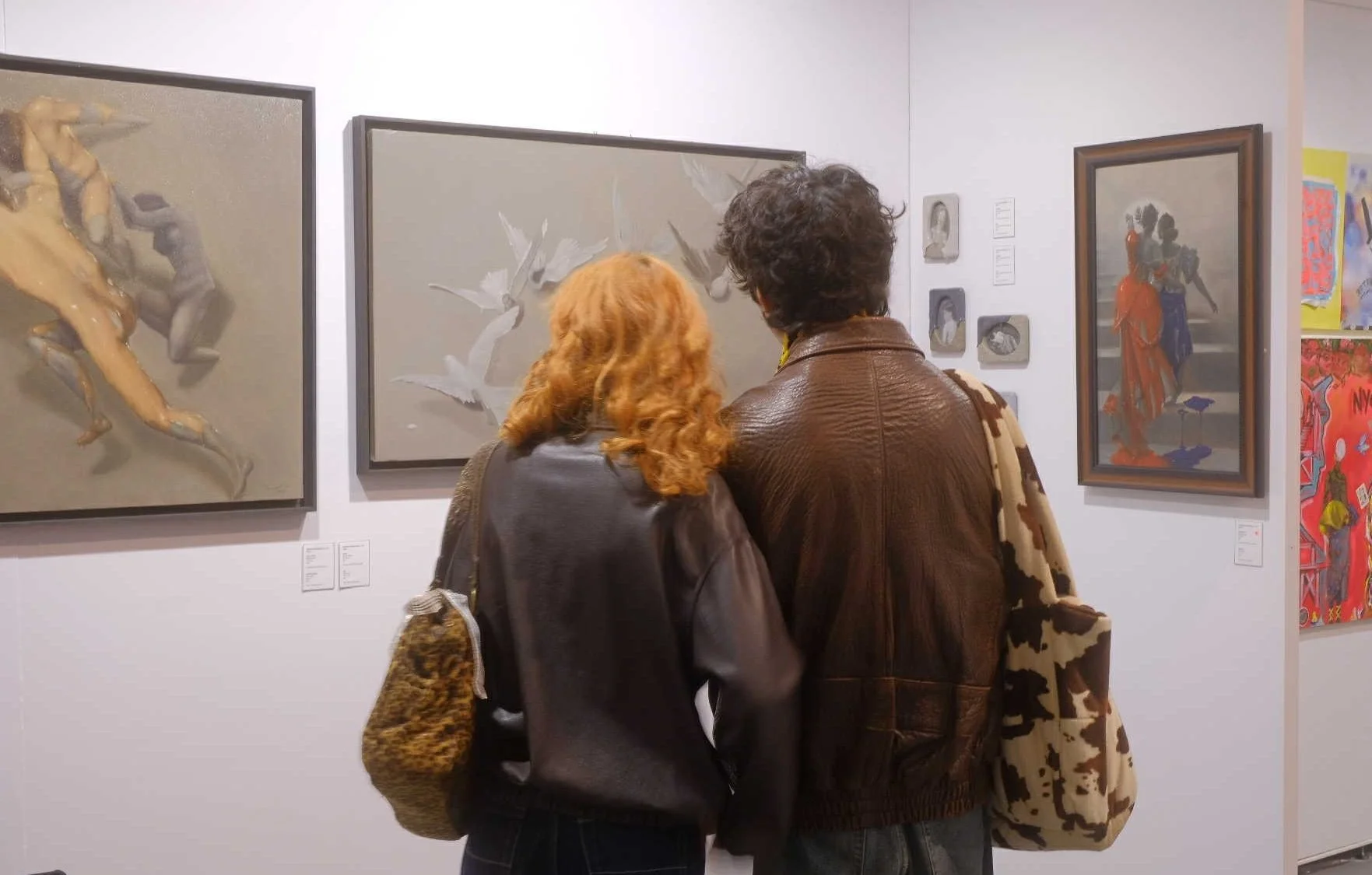Sleep to Dream: Artist360 Madrid Art Fair
Crystal Tranquilino (2025)
Sleep to Dream is an act of defiance; it juxtaposes the tension between confinement and possibility, subjugation and empowerment, and the reinvention and pursuit of female autonomy.
Through an amalgam of archival source and contemporary elements, Tranquilino pays homage to Juan Luna’s Las Damas Romanas and Félix Resurrección Hidalgo’s La Barca de Aqueronte through a historic lens – reflecting on the complex relationship of our history, indigenous traditions, and the women’s role in this intersection of colonial order. It imagines a new mode of affirming their legacies, positioning them as allegorical figures of beauty and piety, and of national resistance and social change.
There is a contrasting depiction of women in Luna and Hidalgo’s works; whereas Luna’s work highlighted the idealized and revered aspects of the female, Hidalgo’s depiction embodied their tragic fate within the context of myth and society. Tranquilino reflects on this nexus in her works De Carne y Piedra (Of Flesh and Stone) and Piedad (Piety) where she elevates women and the emblems of their femininity from passive subjects to active figures in both history and mythology, constructing an afterimage of their dynamic expression of dissent against forces beyond their control. The artist also constructed Los Siete Pecados Capitales (The Seven Capital Sins) where she attempts to reverse the cultural and religious presupposition that indicts women accountable for sin while excusing men. In a world where women are constantly subjected to unjust suffering and systemic oppression, Tranquilino offers a more nuanced portrayal of their experience that endures and resists. The decision to portray her subject with their eyes shut quietly echoes an active salvation of dignity amidst adversity. It encourages a more inclusive interpretation of their roles both in our history and at present.
Tranquilino’s evocative use of her signature cascading drips, intentional material manipulation, and modeling of her subjective elements underline this complex intersection of heritage and fluidity of female identity. These works are an act of rebellion and self-liberation—that women can take just as much space and are taking space—in the broader cultural and political narrative of our time.
Exhibition Notes by : Chan Alvarez
